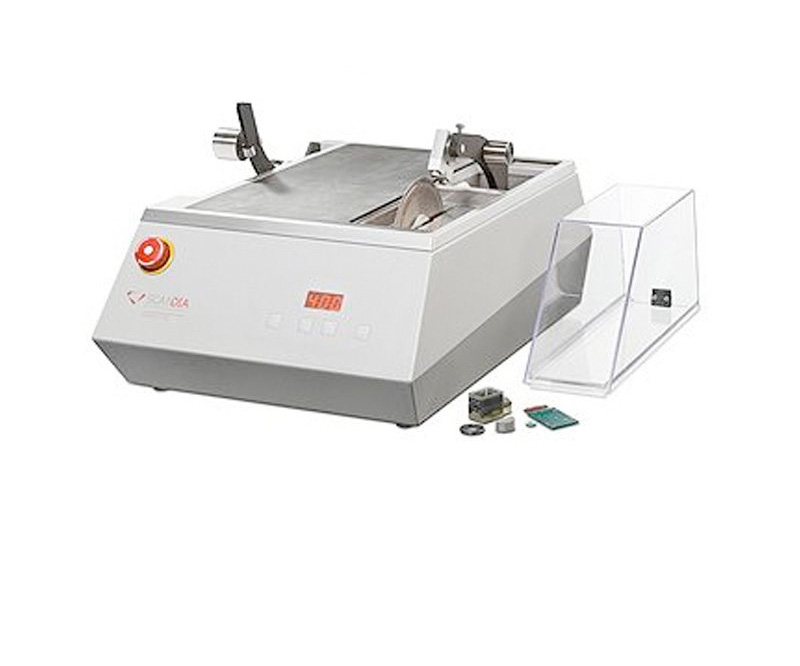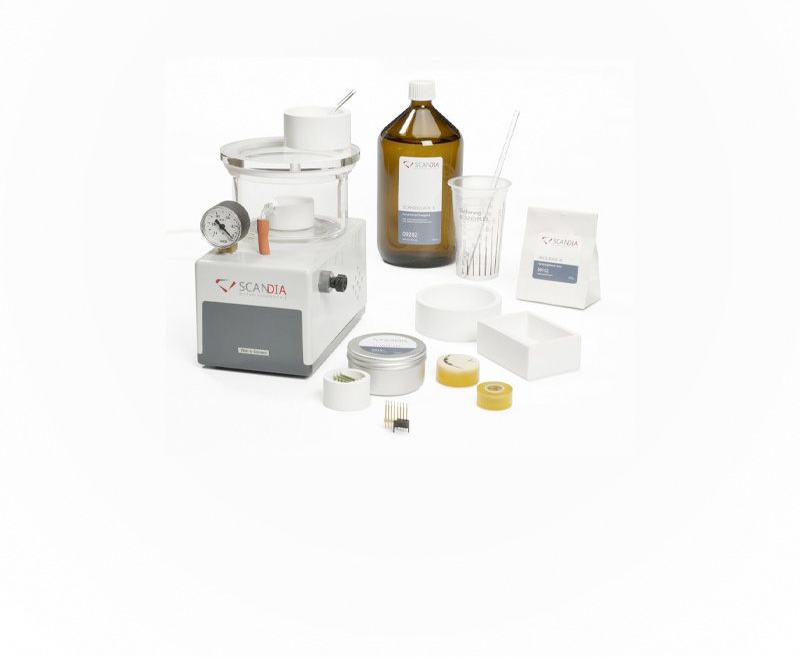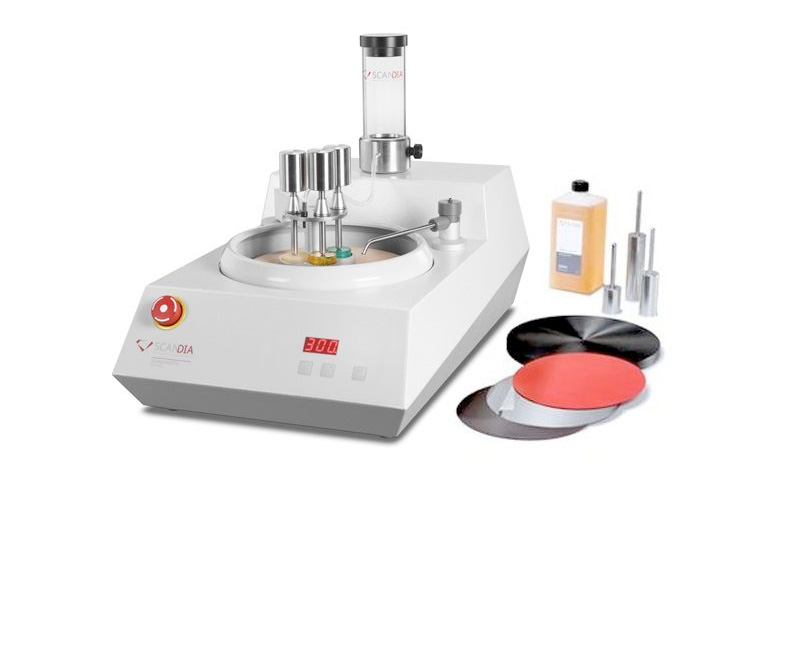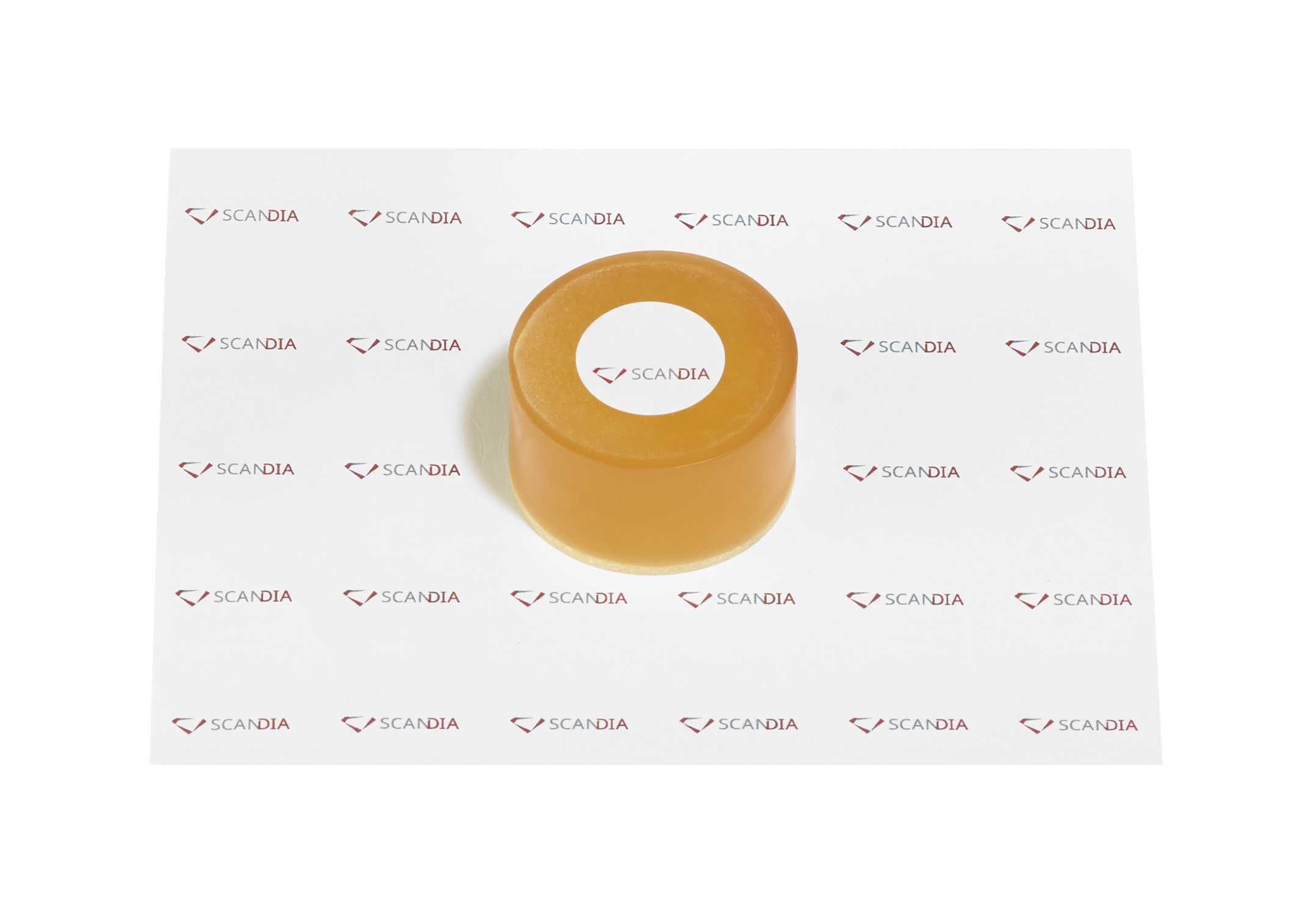Prices are hidden for your customer group
Available, delivery time: 1-3 days
Paper Discs for Reliable Section Marking in Materialography
Professional section marking using paper discs is crucial for several reasons. One of the main objectives of section marking is the clear identification of samples and sections. In materialography, numerous samples are often processed simultaneously, and the ability to identify each sample clearly and unambiguously is crucial to avoid confusion that could jeopardize the accuracy of the examinations. Furthermore, section marking facilitates the traceability of samples and their processing steps in the laboratory. This is particularly important when multiple sections or examinations are conducted on a single sample, as marking organizes the process and ensures that no information is lost. Section marking also plays a key role in quality control, enabling the precise monitoring of samples and ensuring that the correct preparation techniques are applied. In scientific studies and research work, section marking is essential, allowing results to be associated with the corresponding samples and facilitating meticulous documentation of the investigations. This is crucial for reproducibility and scientific exchange. In industries such as metallurgy or materials testing, section marking is a component of quality management, ensuring that samples meet the relevant standards and specifications. The SCAN-DIA paper discs with a diameter of 20 mm have been specifically designed for section marking in materialography. The quality features and excellent handling properties of these paper discs contribute significantly to enhancing the precision and efficiency of materialographic practices. The discs ensure the necessary stability and durability essential in materialographic practices. With a diameter of 20 mm, they are easy to handle and precisely position. The smooth surface of the paper ensures uniform marking of sections, crucial for the clear identification of samples and sections. By using these discs, the possibility of confusion is minimized, and samples can be clearly and unequivocally assigned. This significantly facilitates efficiency and precision in organizing and identifying sections. Another crucial advantage of these paper discs is their flexibility and adaptability. They can be seamlessly combined with various marking methods, such as labels or codes.




